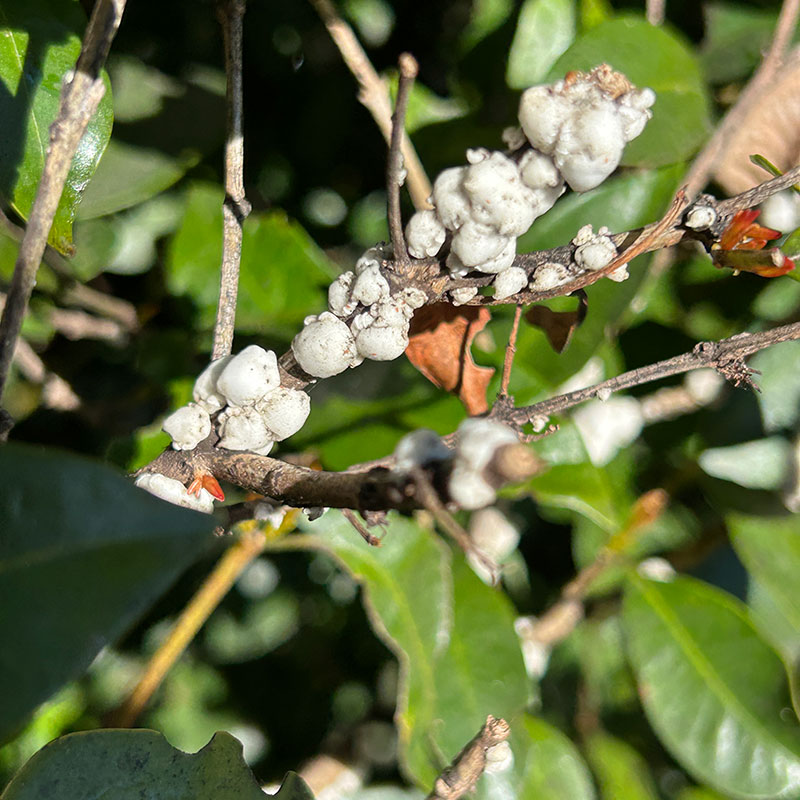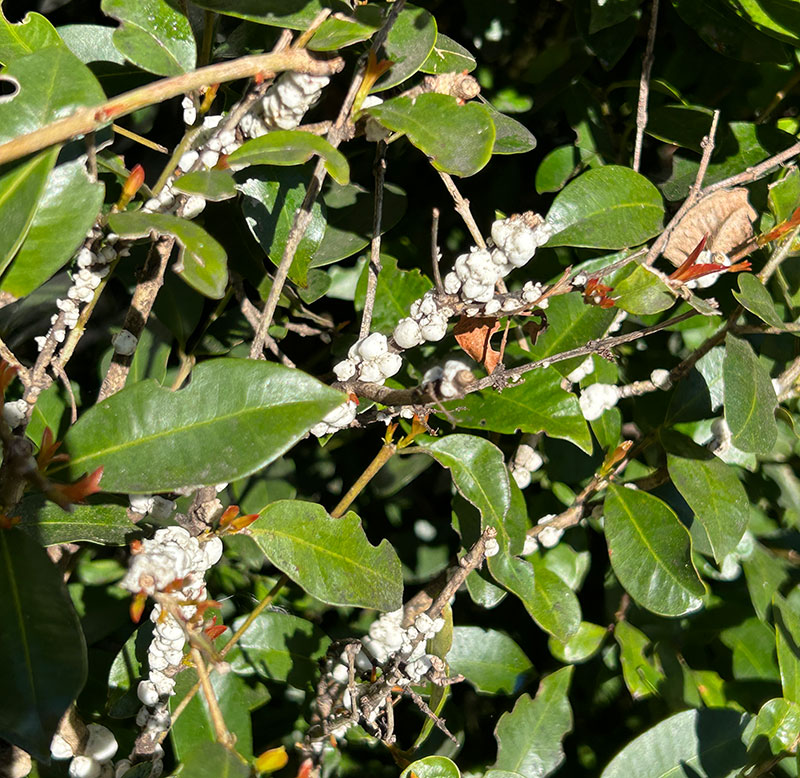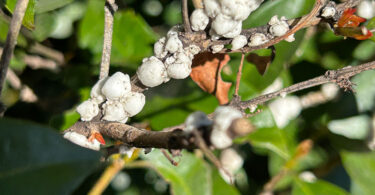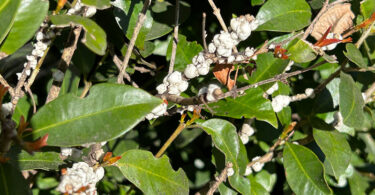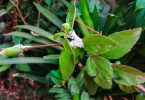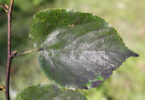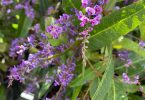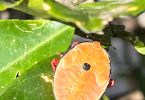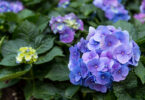Botanical name
Ceroplastes destructor
Common name
White Wax Scale
White Wax Scale identification
White Wax Scale is a sap sucking insect which produces a protective white or greyish-white waxy covering when mature. These coverings are approximately 10mm wide and are found on twigs of various plants. Interestingly, the mature scales are all female and have the capability to produce around 1000 eggs. These resemble fine grains of salt which are pink in colour.
When hatched, the crawlers move to the leaves and feed along the main veins. They begin to produce their own waxy covering and several weeks later move back to the twigs where they produce the rest of the wax resulting in a rounded lump shape. This cycle takes approximately 12 months.
Damage caused
It is important to note that the sap sucking of the crawlers doesn’t actually cause the plant a lot of damage. It is the honeydew produced by White Wax Scale that attracts ants and causes the plant to become quite sticky. Sooty Mould then grows on the honeydew, disfiguring the affected plant.
Plants attacked
A large variety of plants are attacked by White Wax Scale. These include ornamentals such as Camellias, Azaleas and Gardenias, Australian natives and citrus plants.
Organic pest control
Depending on how bad the infestation is, Scale can be removed using your fingernail or a toothbrush. If this is not feasible, White Oil can be used when the young are generally on the leaves from mid December to mid January. Control is much more difficult once the waxy covering is well established so catching Scale early and at the right time is critical.

